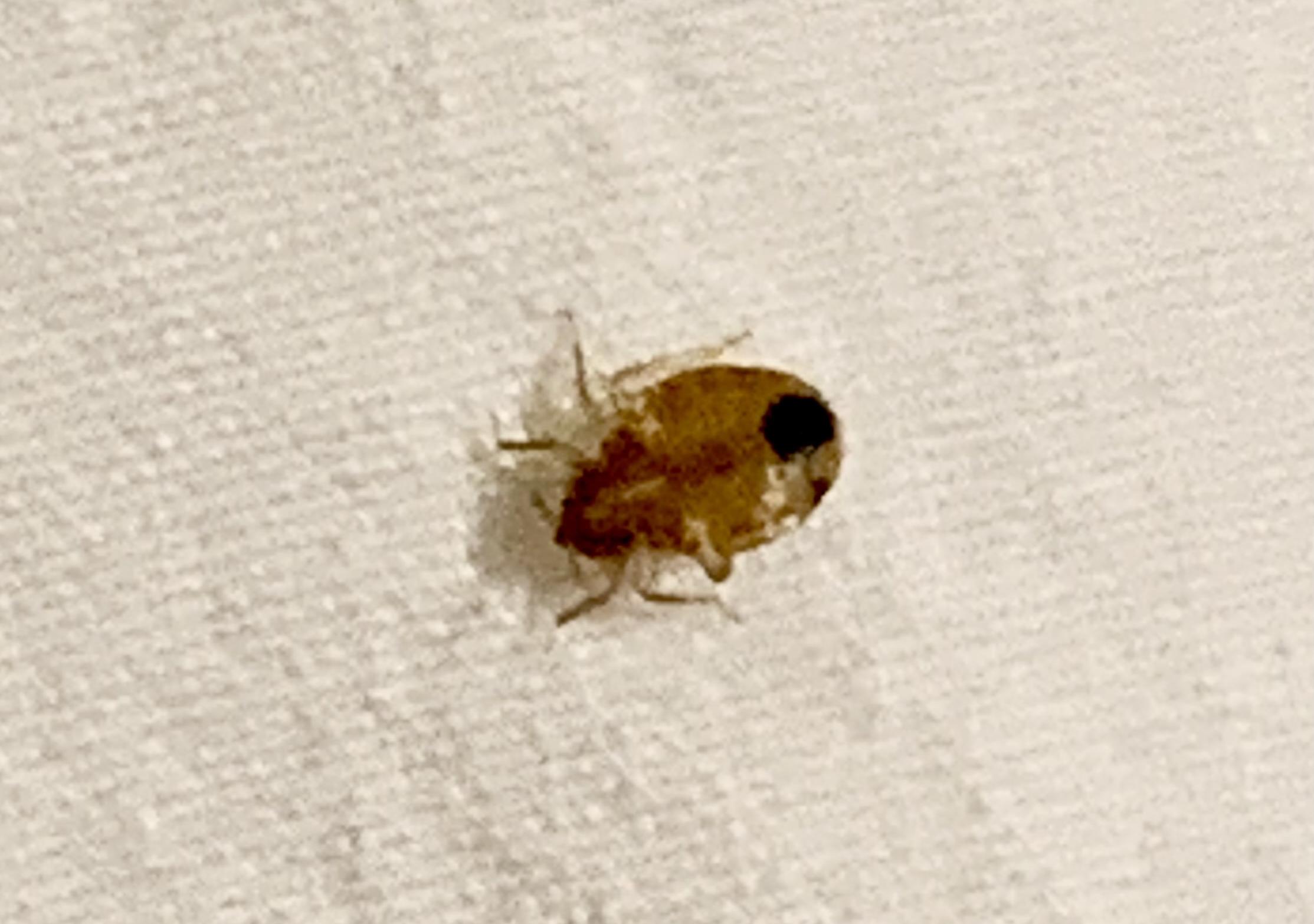10 Rules for Battling Bed Bugs and Winning the War
In the quiet corners of our homes, a silent battle is often being waged against an enemy that is both ancient and relentless: bed bugs. These tiny, elusive insects have been a part of human history for centuries, thriving in the shadows and feeding on our blood while we sleep. As urbanization and global travel increase, so does the spread of these insidious pests. The resurgence of bed bugs in recent years has led to a growing need for effective strategies to combat them. This article delves into the 10 commandments of battling bed bugs, providing a comprehensive guide to not only understanding these pests but also eradicating them from our lives. From identification to prevention, each section will arm you with the knowledge necessary to win the war against these resilient invaders.
1. Know Thy Enemy: Understanding Bed Bugs

Before engaging in battle, it is crucial to understand the enemy. Bed bugs are small, reddish-brown insects that feed on the blood of humans and animals. They are nocturnal, emerging at night to feed while their hosts are asleep. Bed bugs are adept at hiding, often residing in the seams of mattresses, cracks in furniture, and behind wallpaper. Their ability to go months without feeding makes them particularly difficult to eliminate. Understanding their life cycle and behavior is essential in developing an effective strategy for eradication. Bed bugs go through five nymphal stages before reaching adulthood, and they can reproduce rapidly under favorable conditions. This knowledge is the first step in developing a comprehensive plan to combat them.
2. Vigilance is Key: Regular Inspection and Detection

The cornerstone of any successful bed bug eradication strategy is vigilance. Regular inspection of sleeping areas and potential hiding spots can help detect an infestation early, when it is easier to manage. Signs of bed bugs include small blood stains on sheets, dark fecal spots, and shed skins. Using tools like flashlights and magnifying glasses can aid in spotting these tiny pests. Early detection is crucial, as it can prevent the infestation from spreading to other parts of the home or to other residences. Professional canine inspection services are also available, as trained dogs can detect bed bugs with high accuracy. By maintaining a routine of regular inspections, you can catch infestations early and take swift action.
